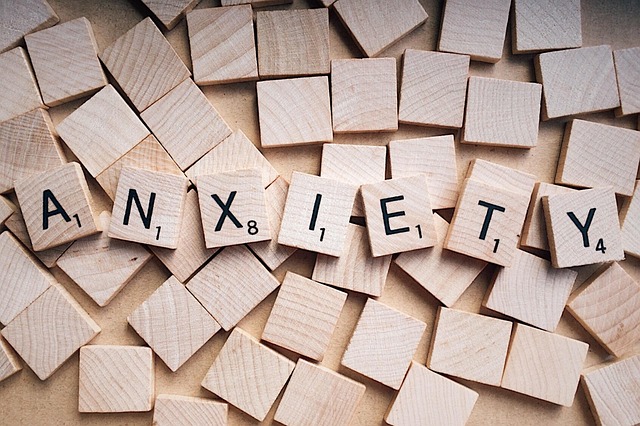Anxiety frequently occurs alongside autism, presenting unique challenges for children, parents, and therapists. Understanding and managing anxiety through an Applied Behavior Analysis (ABA) perspective can greatly enhance a child’s quality of life. ABA practitioners focus on observable and measurable behaviors, allowing clear identification and targeted interventions for anxiety. Common signs of anxiety in children with autism include involuntary behaviors such as uncontrollable giggling or laughter, especially when stressed or overwhelmed, and intense reactions when making mistakes—such as screaming, hitting themselves, or withdrawing from activities. These behaviors can often appear as coping mechanisms for dealing with stressful situations.
For example, imagine Max, a young child who begins uncontrollably giggling whenever he encounters difficult math tasks or makes a mistake. Observations from an ABA perspective reveal that Max’s giggling consistently coincides with anxiety-provoking situations, highlighting anxiety as the underlying issue. Clearly identifying these behaviors and their triggers allows ABA therapists to develop effective, targeted interventions.
Identifying Anxiety Through ABA Techniques
One of the most effective ABA tools for managing anxiety is the Functional Behavior Assessment (FBA). Through careful observation, practitioners identify specific antecedents (triggers), behaviors (such as giggling, avoidance, or intense reactions), and consequences (such as task avoidance). In Max’s case, an FBA reveals that his anxiety stems primarily from a fear of making errors during challenging tasks. This assessment enables therapists to design tailored interventions to help manage and reduce his anxiety.
Systematic desensitization is another valuable ABA tool. This method involves gradually exposing a child to anxiety-provoking stimuli in small, manageable steps, paired with positive reinforcement for calm and adaptive responses. For Max, therapists might start with very simple math tasks that he can confidently complete, gradually increasing the complexity over time, all while reinforcing calm behaviors. This gradual exposure reduces anxiety by slowly building confidence and tolerance.
ABA practitioners also emphasize creating predictable routines using visual schedules and supports. Providing clear, visual indications of what tasks or activities are coming next can significantly decrease anxiety by minimizing uncertainty. For children like Max, having a visual schedule or timer helps them anticipate transitions and feel more in control of their environment.
ABA Strategies to Reduce and Manage Anxiety
Reinforcing alternative, positive coping behaviors is equally critical. ABA therapists teach skills such as deep breathing exercises, asking for help, or engaging in calming activities. Positive reinforcement strengthens these alternative behaviors, gradually replacing anxiety-driven responses. Over time, children begin to independently choose these healthier coping strategies instead of anxiety-driven behaviors.
Social stories and cognitive-behavioral strategies adapted within the ABA framework can also be highly beneficial. Social stories clearly describe expectations in anxiety-provoking situations, helping children prepare emotionally and cognitively. Additionally, ABA-driven role-playing scenarios, emotional literacy training, and teaching children to recognize physical symptoms of anxiety provide practical coping tools that children can use proactively.
For parents and therapists working together, practical recommendations include clearly identifying anxiety triggers, teaching calming techniques regularly (even outside of anxious moments), enhancing predictability, and modifying tasks to reduce difficulty initially before gradually increasing complexity. It’s crucial to celebrate effort and progress rather than focusing solely on perfection or outcomes, shifting the child’s mindset towards confidence-building and resilience.
Ultimately, by integrating these ABA strategies, parents and therapists can significantly reduce anxiety in children with autism, leading to improved emotional well-being, greater resilience, and enhanced daily experiences for both the child and those supporting them.

